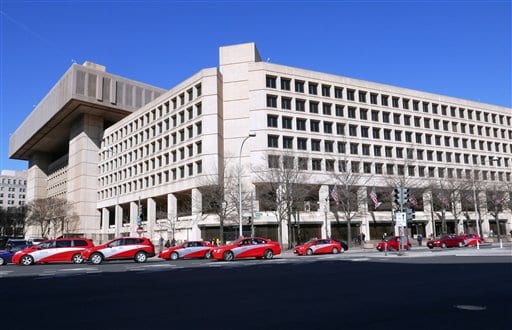Three decades later, the culture wars are again in full swing. The apoplexy with which governments have responded to calls to topple monuments since the death of George Floyd in May 2020 is not surprising but needs to be seen in this same context—a struggle for cultural hegemony.
This time around, the traditionalist lunatics have succeeded in taking over the asylum. Reactionary ideas hostile to the cosmopolitan, to Modernism, to modernity itself, are in the ascendant. Tory placemen (and they are generally men) are being appointed to the boards of cultural institutions such as the British Museum and the BBC. The thoroughly middle-class National Trust is under attack as “woke” for exploring colonialism (a similar report by English Heritage several years earlier provoked nothing like the same outrage). Laws are proposed that would hand out longer sentences for damaging a statue than for rape. A government “retain and explain” policy for monuments essentially amounts to retain everything and explain nothing.
This is not unique to Britain, of course—just look at Viktor Orbán in Hungary or the history wars in Poland, or the manufactured outrage by the Macron government over Islamo-gauchisme and mosques or other visual expressions of Islam. Switzerland, Spain and Denmark are among other countries gripped by minaret-phobia. In Germany and Eastern Europe, modern post-war city centres are being rebuilt as ersatz historic quarters full of fake traditional architecture. The same thing was happening under Donald Trump, who issued an executive order demanding that all new federal buildings be in a Classical style. Beauty and tradition have become dog-whistle words to white supremacists drunk on the Great Replacement conspiracy theory that sees a cultural genocide of Christian Europe at the hands of immigrants. Classicism is not inherently right-wing but traditional architecture has become a vehicle of choice for the Right and Far Right.
Wait until socialist defenders of modern architecture find out what Mies van der Rohe, Le Corbusier, and Philip Johnson were up to in the 1930s and/or ‘40s. In the meantime, it’s best to visit Tartaria, where the buildings don’t look like this:

